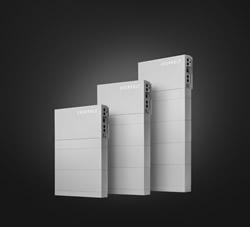One-Third of Texas Was Running on Wind Power This Week
Clean Edge Finds Global Solar Deployment Exceeds Wind for First Time
Much Energy Above the Treetops
Using Algae to Produce Four Key Fuels
The Benefits of Converting Waste Heat to Power
From Selenium to Silicon and Beyond
Technology Increasing Wind Industry Competitiveness
Considerations for Determining Energy Requirements and Technologies for Renewable Projects
Unbiased, Comprehensive Solar Module Rating System
Solar Power is Growing at a Rate Faster than Silicon Valley
PURE Energies Infographic Highlights Water Usage by Power Plants
Siemens to construct factory for offshore wind power in Great Britain
GE Taps Into The Coolest Energy Storage Technology Around
Fresh Breeze for Wind Power in China
Pilots complain that glare from the world's biggest solar power plant is blinding them
Records 1306 to 1320 of 3364
First | Previous | Next | Last
Featured Product

